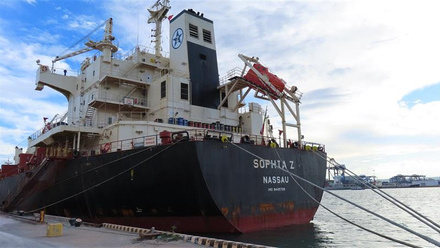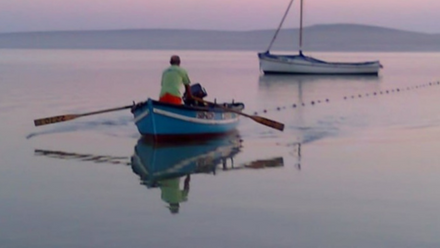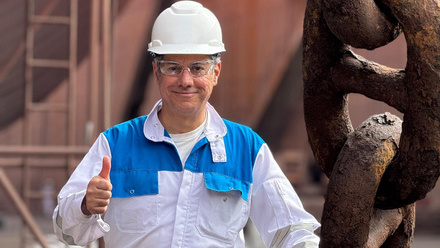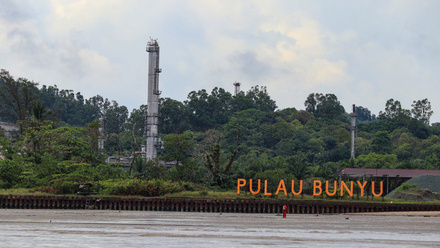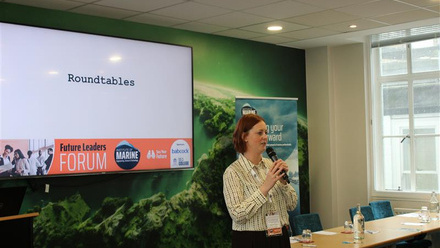Mariner safety in enclosed spaces discussed at IMO
At the ninth session of the IMO Sub-Committee on Carriage of Cargoes and Containers (CCC9), IMarEST member Dónal Burke presented research demonstrating that enclosed spaces on ships can be more deadly than previously thought.
“Enclosed spaces onboard all types of ships present serious risks to personnel performing their routine duties, and many mariners have died over the years while entering and working in these spaces,” explains Burke, who has been researching the risks and dangers of enclosed spaces since 2015.
He is currently the lead researcher into the issue with the City of Glasgow College. In 2021, his work was awarded Research Project of the Year in the Herald Higher Education Awards.
Missing calculations
There has been a longstanding appreciation that oxygen depletion, carbon dioxide, and carbon monoxide build up in enclosed spaces can harm mariners. Current IMO guidelines say that mariners should not enter an enclosed space, such as a chain locker or cargo hold, when the oxygen level is below 19.5%, the carbon dioxide level is above 0.5%, or the carbon monoxide level is more than 35ppm.
However, Burke discovered that calculations for the rates of oxygen depletion and build up of carbon dioxide had not been done before. “Everyone is aware that oxygen depletion is dangerous. Everyone is aware that carbon dioxide is dangerous, but no one had calculated how quickly [dangerous levels] can be reached.”
A question of cargo
A key finding from Burke’s work is that oxygen depletion and carbon dioxide build up start as soon as a hatch cover is closed. “The speed of the oxygen depletion and the emission of carbon dioxide will depend on temperature, cargo moisture content, and permeability of the space in addition to atmospheric pressure variations,” says Burke.
For example, a cargo of Scots pine or oak logs will see oxygen depletion and fatal carbon dioxide levels occur faster than a cargo of scrap metal.
“Once the hatch covers are closed, the oxygen contained in the cargo space immediately begins being absorbed by the organic cargo, causing the emission of toxic gases,” Burke explains. “Dangerous gases such as carbon dioxide and carbon monoxide generated by organic cargoes will readily migrate through the smallest opening in hold boundaries into connected adjacent spaces, creating dangerous conditions.”
Crucially, Burke showed how dangerous carbon dioxide levels occur before oxygen depletes to dangerous levels. For organic cargo, “Oxygen levels in the cargo hold may remain in the region of 17% to 14% when a 4% or more CO₂ level is reached,” says Burke. At this level, permanent brain damage, coma, and death may occur.
The work also demonstrated that an enclosed space normally takes many hours to replenish its air. After opening the hatch of a chain locker, for example, it can take around three and a half hours for the space to reach a safe oxygen level again.
Turning research into action
Burke was asked to present his findings at CCC9 by IMarEST President Martin Shaw. “I never in my wildest dreams thought this research would get in front of the IMO. Now, the information will get to the people who need it,” says Burke. “The Bahamas have said that they’re going to put out a safety alert on what they heard, and quite a few other countries spoke about it in the afternoon sessions.”
Burke made several recommendations, including a specific oxygen danger data table for organic cargo and additional danger levels for carbon dioxide and monoxide. The findings will be integrated into the latest revision of Resolution A.1050 to ‘Ensure the Safety of Personnel Entering Enclosed Spaces on Board Ships’, and Burke has written a book about the research that is expected to be published by the City of Glasgow College.
Join IMarEST's Human Element SIG to help improve safety and operational efficiency
Main image: Climbing a ladder into an enclosed space on a cargo ship for training and drill; Credit: Shutterstock

